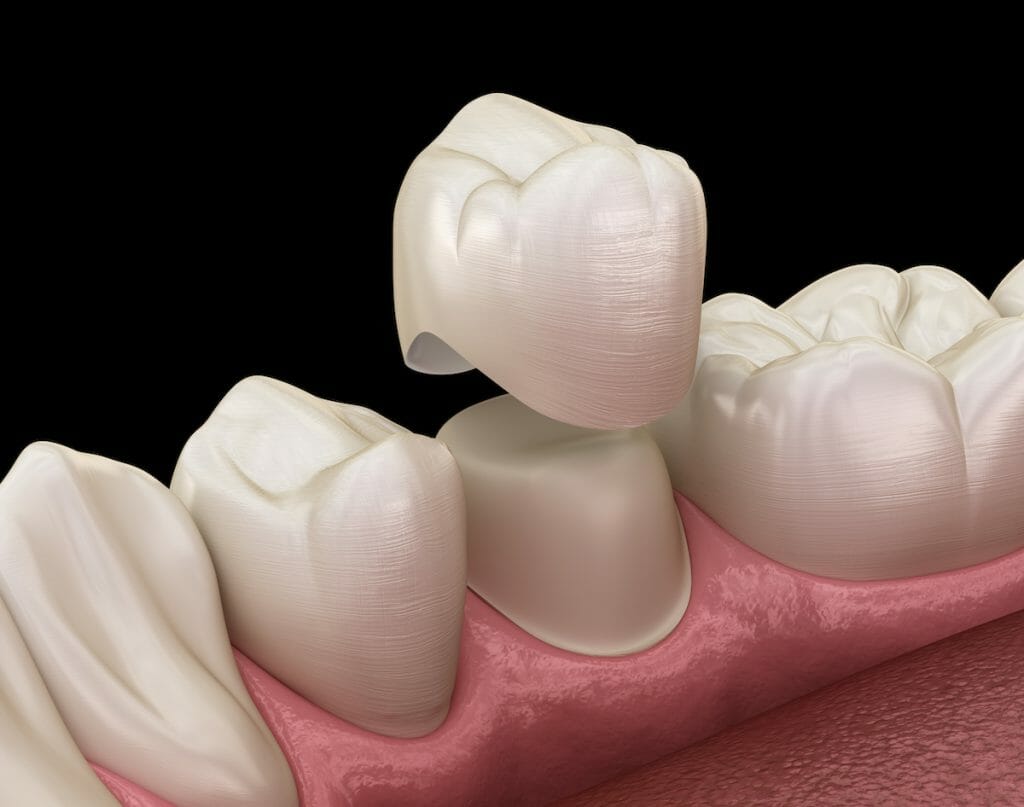Supine Knee To Chest: Relieves Lower Back Pain
The supine knee to chest stretch is a versatile and highly effective technique for alleviating lower back pain, a condition that affects millions of people worldwide. Lower back pain can stem from a variety of sources, including strain from overuse, poor posture, muscle imbalances, and even certain medical conditions. Understanding the causes of lower back pain and how exercises like the supine knee to chest stretch can provide relief is crucial for managing this common health issue.
The Anatomy of Lower Back Pain
To appreciate the benefits of the supine knee to chest stretch, it’s essential to understand the anatomy of the lower back. The lumbar region, which is the lower part of the back, is composed of five vertebrae (L1-L5) and is supported by a complex system of muscles, ligaments, and tendons. The muscles in this area, including the latissimus dorsi, erector spinae, and abdominals, work together to stabilize the spine, facilitate movement, and maintain posture. However, when these muscles become imbalanced—either through overuse, underuse, or injury—it can lead to strain and pain in the lower back.
How the Supine Knee to Chest Stretch Works
The supine knee to chest stretch targets the muscles of the lower back and hips, providing a gentle and effective way to relieve tension and improve flexibility. By bringing one knee towards the chest while lying on the back, an individual can stretch the hip flexors, lower back muscles, and even the gluteals to some extent. This stretch helps in several ways:
- Reduces Muscle Spasm: Tight muscles in the lower back can cause pain by compressing nerves or pulling on the spine. The supine knee to chest stretch helps to relax these muscles, reducing spasms and pain.
- Improves Flexibility: Regular stretching can improve the range of motion in the hips and lower back, reducing stiffness and making daily activities easier.
- Decompresses the Spine: By stretching the muscles and ligaments attached to the spine, this exercise can help decompress the spinal discs, reducing pressure on the spine and alleviating pain caused by compression.
Step-by-Step Guide to the Supine Knee to Chest Stretch
Performing the supine knee to chest stretch correctly is important to ensure safety and maximize its benefits. Here’s a step-by-step guide:
- Start by lying on your back on a flat surface, such as a mat on the floor. Make sure the surface is comfortable and supportive.
- Bring one knee towards your chest. Use your hands to gently pull your knee towards your chest. You should start to feel a stretch in your lower back and possibly in your hip.
- Hold the stretch. Hold this position for 30 seconds to allow for a deep stretch of the muscles. Breathe naturally and try to relax as much as possible.
- Release slowly. Slowly release the stretch and return your leg to the starting position. Repeat the process with the other leg.
- Repeat as necessary. You can repeat this stretch several times for each leg, depending on your comfort level and the degree of tightness in your lower back.
Combining with Other Stretches for Maximum Benefit
While the supine knee to chest stretch is beneficial on its own, combining it with other stretches can provide a more comprehensive approach to managing lower back pain. Other stretches that target different muscle groups in the lower back and hips can be particularly useful. For example:
- Pelvic Tilt: This stretch helps to loosen the muscles in the lower back and can be done by tilting the pelvis upwards and then back down again while lying on the back.
- Knee to Opposite Shoulder: This stretch targets the piriformis muscle, which runs from the base of the spine to the thighbone, and can help relieve sciatic pain.
- Cat-Cow Stretch: Performed on hands and knees, this stretch helps to flex and extend the spine, relieving tension in the neck, upper, and lower back.
Conclusion
The supine knee to chest stretch is a simple yet powerful tool for alleviating lower back pain. By understanding the causes of lower back pain and incorporating this stretch into a regular regimen, individuals can take significant steps towards improving their back health and reducing discomfort. Remember, consistency and patience are key, as the benefits of stretching accumulate over time. Always consult with a healthcare professional before starting any new exercise routine, especially if you have a pre-existing medical condition or concern.
What are the most common causes of lower back pain?
+Lower back pain can result from a variety of factors including muscle strain, poor posture, structural problems, and medical conditions. Strain from overuse or injury can lead to pain, as can conditions like spinal stenosis, herniated discs, and spondylolisthesis.
How often should I perform the supine knee to chest stretch?
+For optimal benefits, perform the supine knee to chest stretch 2-3 times a day, holding each stretch for 30 seconds and repeating for each leg. However, if you experience any increase in pain, consult with a healthcare professional for guidance.
Can the supine knee to chest stretch be modified for people with severe mobility issues?
+Yes, the stretch can be modified. For those with severe mobility issues, using a strap or towel to assist in bringing the knee towards the chest may be helpful. Additionally, performing the stretch with a support under the lower back can also reduce strain and make the exercise more accessible.


